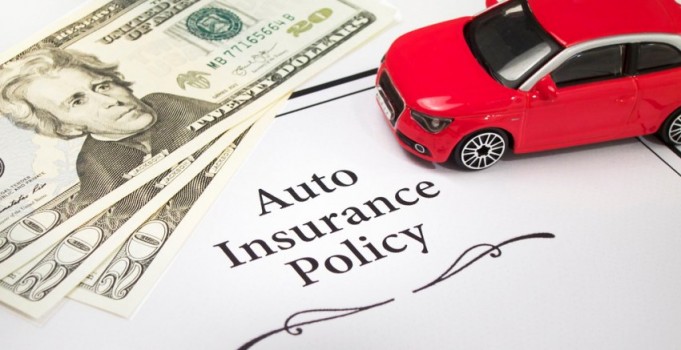Most car insurance uses rental reimbursement to add a supplement in auto policies. It is one of the most popular coverage options. You may or may not be a cause for an accident. This coverage ensures you are not stranded without a ride. This happens in case your car is rendered un-drivable. Rental reimbursement coverage must be preceded by a claim. This means you must file a claim before you can get coverage for a rental car.
Defining Rental Reimbursement Coverage
Rental reimbursement coverage pays you for the temporary coverage of a vehicle. This is to ensure you have transportation after a covered loss and subsequent claim. Sometimes, insurance companies set the limits as to how you may drive a rental car. To obtain rental reimbursement coverage, first, you must carry collision and the comprehensive coverage plan. A comprehensive and collision claim is followed by insurance coverage. However, it is also important to keep in mind that rental reimbursement never covers a rental car. (If the car is being used for leisure or while your car is undergoing routine maintenance)
What does rental reimbursement cover?
The insurance company will provide a rental vehicle if you use this coverage. The vehicle will be of the same kind and model as long as the cost is agreeable. It depends on what your policy is willing to pay. Suppose, if your SUV is being repaired, you can expect a similar repair and model. Policyholders can, however, choose any rental agency, but most insurance companies have affiliate partnerships with some specific companies. This allows a more seamless experience so that you don’t need to file a reimbursement. Simply pick up the rental car within the time and drop it off as specified on your policy.
Keep in mind that you will hold the cost of gas or any fees charged by the repair company. So, if you select any rental agency, as per your choice, confirm that the daily rate is below the rental reimbursement limit. When you file your reimbursement, this will be the maximum amount an insurer will reimburse.
How rental reimbursement coverage works:
The claim process plays its role when a rental car is needed. Keep in mind that the experience might vary depending on the circumstances of the claim.
- If you are at fault
- File a claim from your insurer company and give information about your collision coverage.
- Get an estimate from the local mechanic.
- Drop off your vehicle and pick up the rental one.
- Return the rental vehicle when you pick up your repaired car.
- If you are not at fault
- File a complaint stating the driver’s fault. It depends on the third-party response on how long your claim will be settled.
- Get an estimate from a local mechanic.
- Drop off your vehicle and pick up the rental one. Save the receipts (if provided).
- Return the car while picking up your vehicle.
- Submit a claim for reimbursement, if required by the insurance company.









